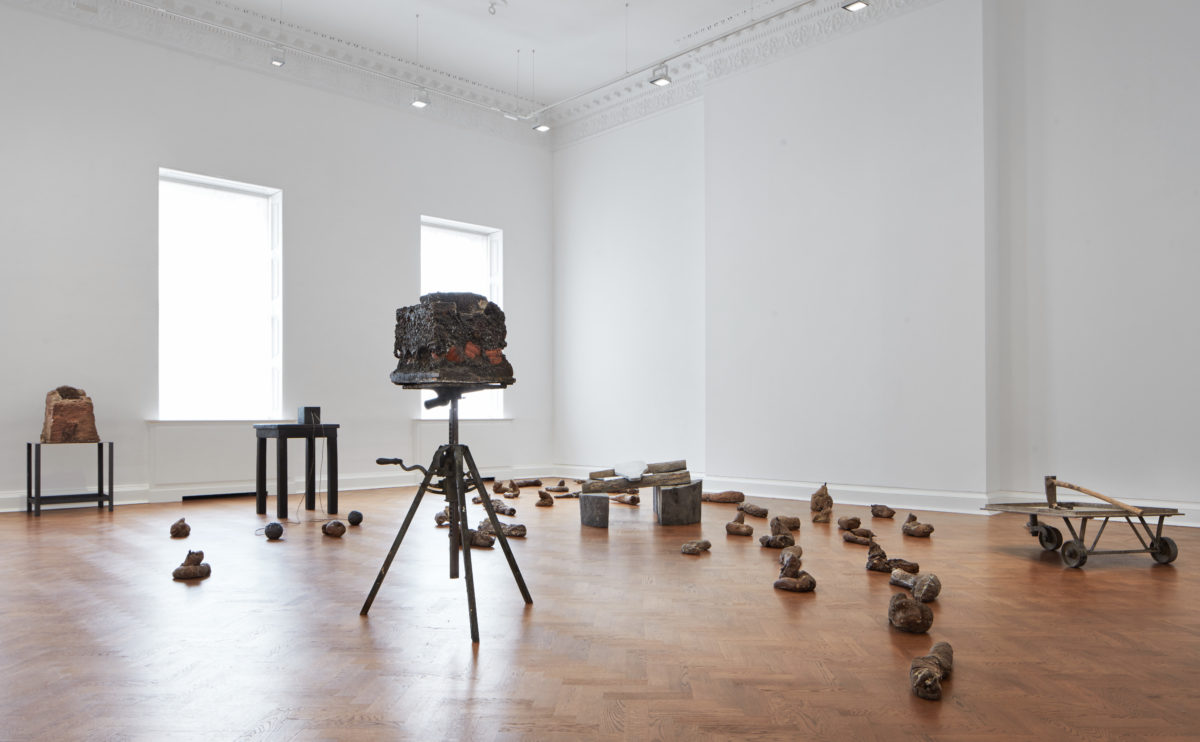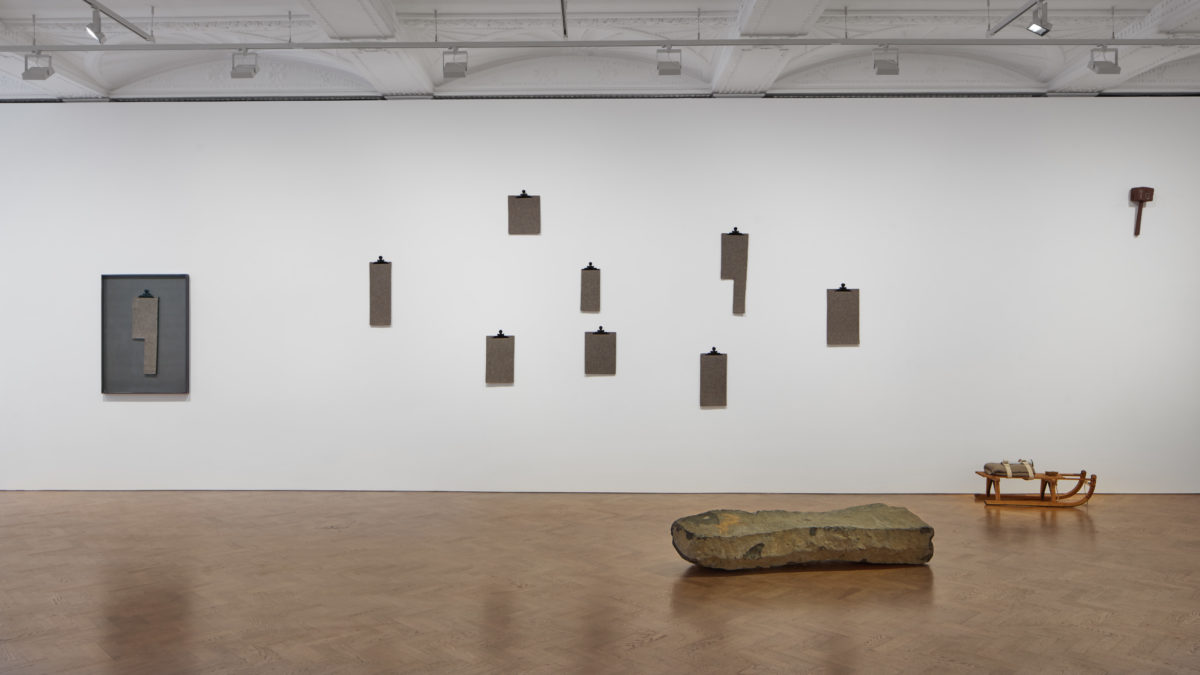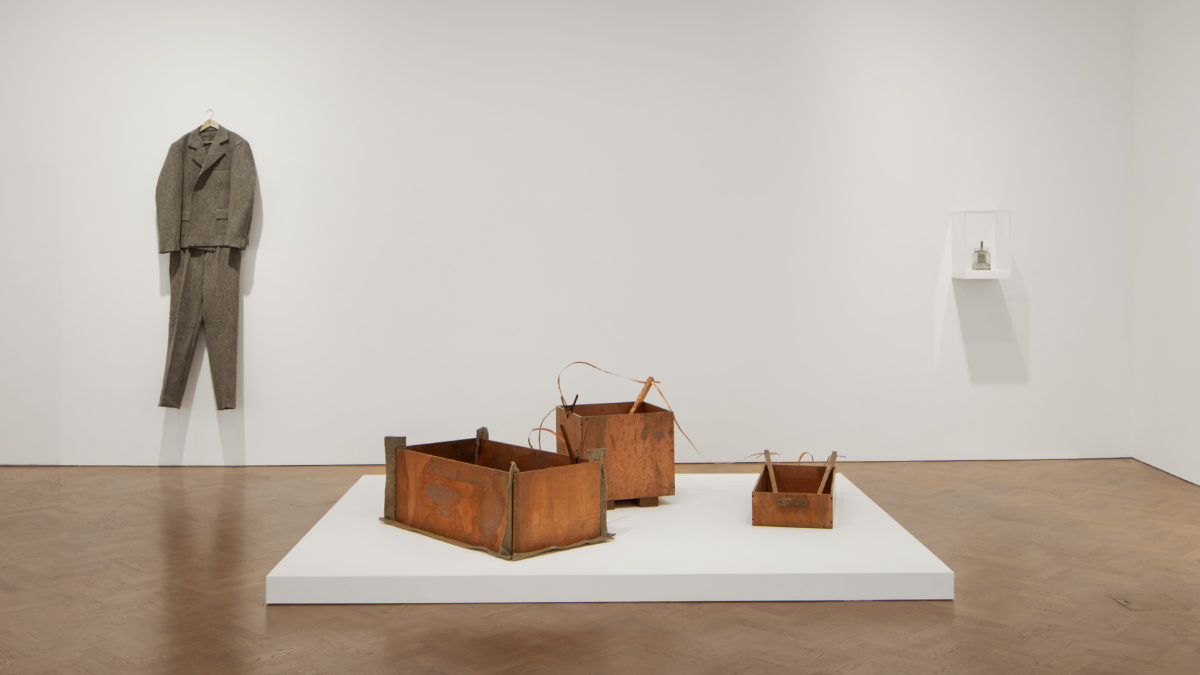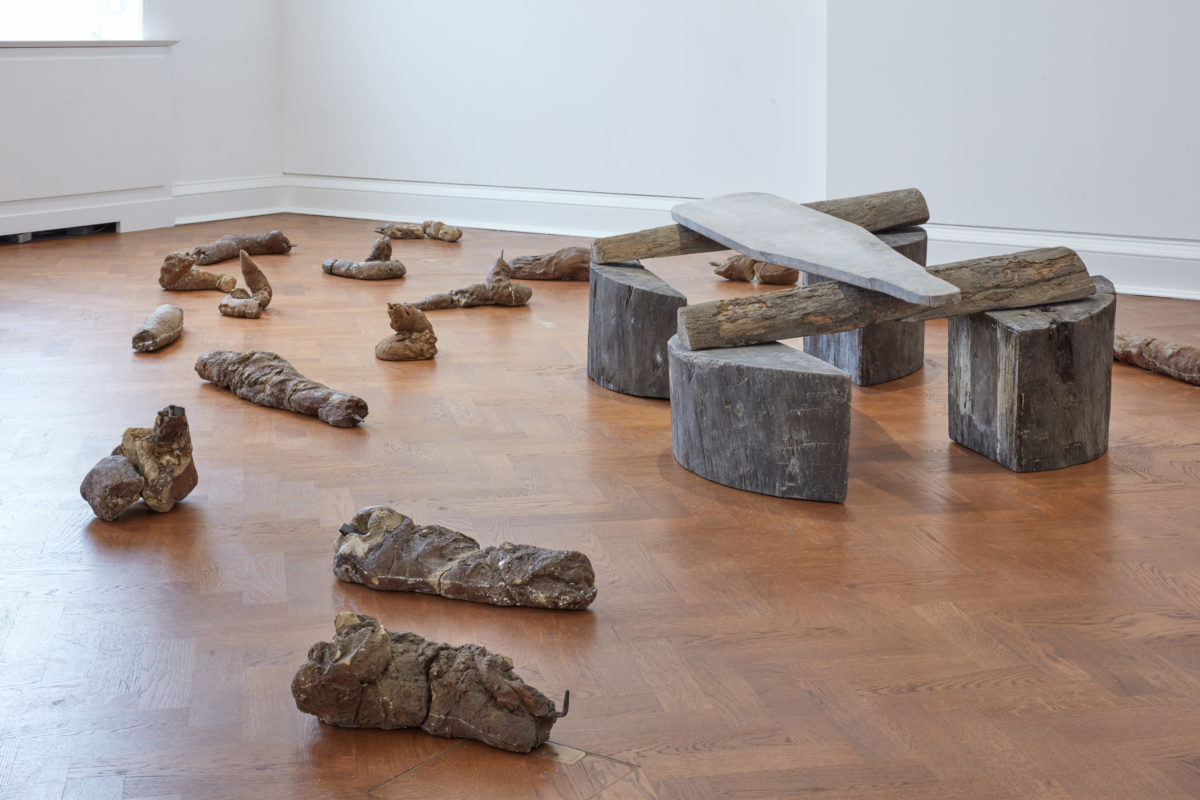Inside ‘Joseph Beuys: Utopia At The Stag Monuments’ At Galerie Thaddaeus Ropac
By Something CuratedGalerie Thaddaeus Ropac, London, is currently hosting Joseph Beuys: Utopia at the Stag Monuments, perhaps the most significant UK exhibition of Beuys’ work in over a decade, running until 16 June. Curated by Norman Rosenthal, who worked with Beuys from 1970 onwards, the exhibition brings together pivotal works from various stages of the artist’s life. The show spans the years 1947-1985, featuring major sculptures and rarely seen early works, which cumulatively reveal the extent to which the artist’s ideas and idiosyncratic iconography were clearly defined from the very beginning of his career.

Joseph Beuys famously declared: every man is an artist. Beuys’ utopian vision of social transformation through individual creativity and self-determination was expressed through his art, but also through actions, lectures and sustained political activism. These were often elucidated by Beuys on blackboard-artworks, like Ecology and Socialism, 1980, relics of the artist’s role as instructor. His ideas remain as relevant now as they were radical then and, as Rosenthal argues, “In a world that is now more than ever searching for new socio-economic solutions, the full significance of Beuys as an artist has barely begun to be investigated.”

The show’s title originates from Hirschdenkmäler (Stag Monuments), the environment Beuys created for the celebrated 1982 Berlin exhibition Zeitgeist, co-curated by Christos M. Joachimides and Rosenthal. One of the artist’s last great works before his untimely death in 1986, Stag Monuments is emblematic of many of Beuys’ fundamental concerns, uniting his belief in Social Sculpture with the powerful symbolism of animals and the reconciliation of opposing forces. Steeped in German folk tradition, the stag assumes particular meaning in Beuys’ work as a spiritual being, an “accompanier of the soul” in Celtic mythology and a signifier of the crucified Christ.

Beuys’ works have the character of relics and often appear deliberately primitive. This is true of his early crosses from 1949 installed in the Chapel Gallery, which unite Christian and pagan symbolism by conflating Christ’s crown of thorns with the rays of a sunburst, and a defining feature of the rest of his oeuvre. Part of Stag Monuments, the Urtiere (Primitive Animals) are excremental forms Beuys created by enclosing nearly 40 of his work-tools in clay.
Felt and fat both had autobiographical significance for Beuys; he recounted being shot down over the Crimea in 1943, while serving as a pilot in the Second World War, and rescued by Tartars who wrapped him in the insulating materials that would later become central to his artistic vocabulary. These elements form part of an illuminating constellation of works in the Berkeley Gallery, including Feldbett (Campaign Bed), 1982, an electrical accumulator swathed in felt blankets, shown alongside Filzanzug (Felt Suit), 1970, which formed part of Beuys’ Isolation Unit performance at the Dusseldorf Academy of Art in 1971.

The works included in Utopia at the Stag Monuments are significant, autonomous objects in themselves and, taken together, they help to elucidate Beuys’ life and work. As Rosenthal writes in the accompanying catalogue essay, “Contained within each work by Beuys is a miraculous fusion of past and present which also becomes a manifesto of hope for the future.”
Joseph Beuys: Utopia at the Stag Monuments is open until 16 June at Galerie Thaddaeus Ropac – 37 Dover Street, London W1S 4NJ.
Images: Joseph Beuys: Utopia at the Stag Monuments, Galerie Thaddaeus Ropac, London. Courtesy Galerie Thaddaeus Ropac, London · Paris · Salzburg (Photo: Tom Carter)